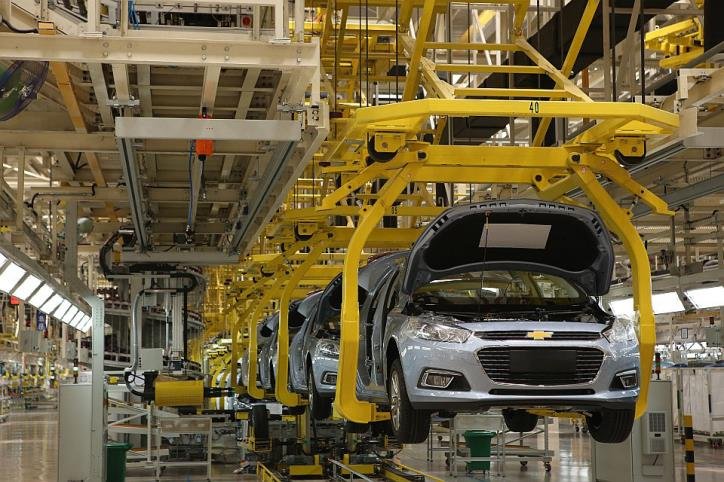HIGHLIGHTS
- The lack of raw materials for production of products and delays in commodity imports is the motivation for US enterprises in foreign countries to plan production activities closer to American consumers.
- Cars, semiconductors, defense, aviation and pharmaceuticals will be the leading sectors of water production line transfer. These are both complex and expensive products manufacturing industries.
FULL ARTICLE
Some businesses plan to bring manufacturing lines to the country
One of the key government priorities under President Donald Trump is to bring foreign manufacturing activities to the United States. As a consequence, he took a variety of actions, including levying taxes on a variety of imported commodities from allies and adversaries, waging a commercial war with China, and v.v. The results of this set of steps are a trade balance between the United States and China that has not changed significantly, which is not motivating enterprises to relocate manufacturing lines to the country.
The scenario was “reversed” when Pandemic Covid-19 collapsed, bringing the severe effects of the supply chain disruption. To deal with these challenges, businesses have hastened the relocation of production plants to the United States, according to Mr. Claudio Knizek, worldwide leader of advanced production at the Ey-Parthenon Strategic Consulting Company.

Many US companies’ principal production activities are carried out in Asian plants, particularly in China. However, in the case of the Covid illness, a global supply chain problem caused freight charges to rise and delivery times to lengthen. This results in a scarcity of raw materials for manufacturing and delays in importing items. This is the impetus for US corporations operating abroad to plan production activities closer to American consumers.
Notably, in December of last year, General Motors stated that it plans to spend up to 4 billion USD in Michigan to expand the production of electric vehicles and batteries. Earlier in October, Micron Technology chip announced a 150 billion USD investment plan for memory chip manufacture, research, and development over the next decade. In addition to foreign investment, the corporation will carry out a portion of the plan in the “Industrial Country.”
The “repatriation” wave led by cars and semiconductors
Claudio Knizek forecasts that automobiles, semiconductors, defense, aviation and pharmaceuticals will be the leading industries in the wave of movement of production to the country. These are all industries that produce complex and expensive products. At the end of last year, for example, Toyota announced plans to invest 1.3 billion USD to build an electric vehicle battery plant with 1,750 employees in North Carolina. He also said that any occupation that requires large amounts of manual labor or difficulty in automation is less likely to return to the United States.
Moves to build new US factories by automakers and tech firms have partly boosted and motivated more complex industries to bring production home. Chipmaking has also been facilitated by President Joe Biden to grow in the country as he pushes for a 52 billion USD subsidy bill for the operation.

Agreeing with Claudio Knizek, Willy C. Shih, a professor at Harvard University’s School of Business, said moving production to the US is difficult for industries like shoes, furniture or decorative lights. That’s because it will be difficult for the US to compete with China, where the year holds a big advantage in terms of a huge workforce, cheap workers’ wages, easy access to raw materials and low-cost factories.
According to Rick Burke, head of hardware supply chain and products at deloitte, it will not be until the late 2020s that US businesses will be able to offset the cost of building factories and start creating significant amounts of work in US manufacturing. However, the US may still have to continue importing raw materials and some components and sui from abroad.
Huyen Tu
US: Empty container fees at the Port of Los Angeles put pressure on shippers













